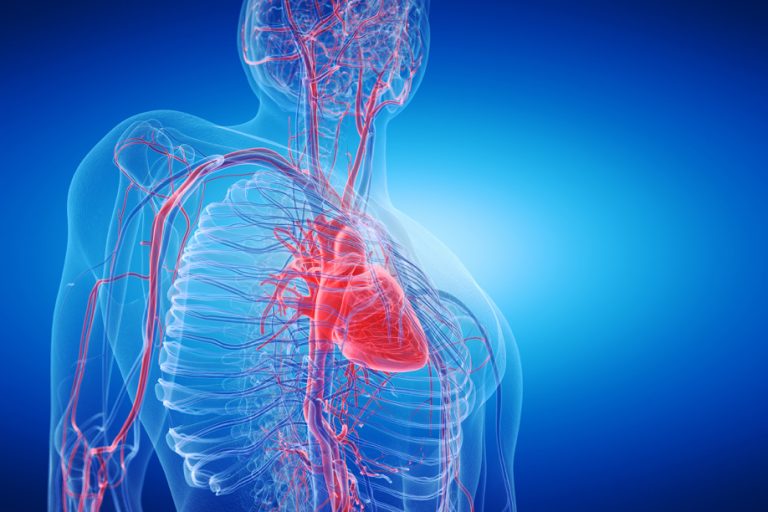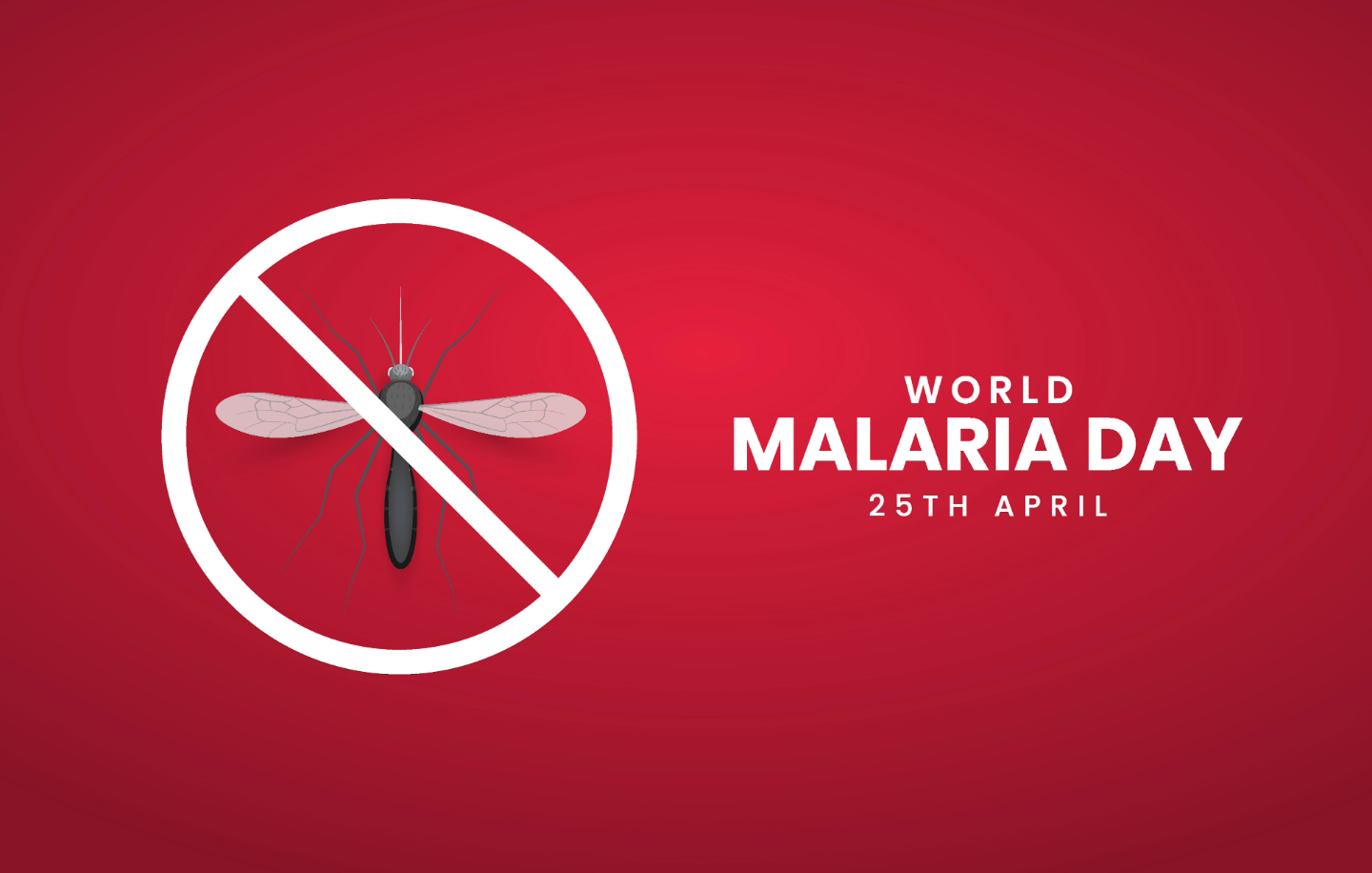Medical Devices
4 treatment options to treat peripheral vascular diseases

Any problem with the blood vessels outside your brain and heart is known as peripheral vascular disease. This encompasses a range of ailments caused by narrowing or blockage or even spasms in blood vessels. It is also known as peripheral arterial disease and is common among senior citizens.
While many patients of peripheral vascular disease may not experience any symptom at all, it could lead to severe discomfort. When there is a blockage or narrowing of arteries, blood supply to a body part may be hindered. As a result, the body part will not receive enough oxygen. This could lead to biting pain or cold feet. The particular body part could turn blue for lack of oxygen supply.
Peripheral vascular disease must be treated immediately or it could lead to permanent damage to affected body part.
What causes peripheral vascular disease?
In simple terms, peripheral vascular disease is caused by blockage blockage of arteries. Blockages or narrowing of veins can be caused by build-up in the wall of the arteries.
What causes the build up?
High cholesterol or fats in your body could lead to build up of plaque along the walls of your artery. The plaque build-up will then restrict the flow of blood to key arteries. This is called arthrosclerosis. In some cases, the plaque can burst resulting in a blood clot in the artery, which further affects blood flow.
Sometimes, a severe injury to the limbs or an infection can lead to peripheral vascular disease. In few cases, the condition may be congenital when there is an aberration in a muscle or a ligament.
People with diabetes, high cholesterol and smokers are more likely to get peripheral vascular disease. Among senior citizens, the disease is one of the most common causes for disability.
What are the symptoms of peripheral vascular disease?
While peripheral vascular disease is fairly common, the symptoms are rare in many. As many as 60% of peripheral vascular disease patients do not experience any symptom, say doctors.
The disease grows gradually and sometimes symptoms appear over a period of time. Many senior citizens may end up ignoring tell-tale symptoms as ageing. Peripheral vascular disease is most likely to affect your legs.
Therefore, most prevalent symptom of peripheral vascular disease is cramping of legs. This indicates that not enough oxygen is reaching the calves. Pain in legs upon walking or climbing stairs that disappears when you rest, is also another symptom that many ignore. Your muscles may feel sore or tired, too.
Sometimes, because of the lack of oxygen, your limb or any other body part may go numb. Over time the legs or any affected body part starts turning blue. When this happens, it is time to see your doctor and seek peripheral vascular disease treatment options available to you.

Diagnosis of peripheral vascular disease
As the symptoms of peripheral vascular disease either appear late or don’t appear at all, your doctor may prescribe a few tests to diagnose the problem. An important aspect of diagnosis is your family history and existing health conditions.
For example, if you have diabetes, or anybody in your family has a history of high cholesterol, you are at a high risk of suffering from peripheral vascular disease. The chances are higher if you are a smoker.
Having analysed your existing conditions and lifestyle, your doctor can prescribe any or a combination of the following tests:
- Ankle brachial index: This is the mostly commonly used diagnosis tool for peripheral vascular disease. It simply compares the blood pressure of your arm to that of your leg. If your blood vessels are healthy, the blood pressure in your legs will be higher than that of your arm
- Ultrasound: An ultrasound may throw insights into your condition by developing images of your blood vessels.
- Angiogram: In this procedure, a contrast dye is injected in the artery of your limb and an X-Ray of the limb is taken. The contrast dye highlights your arteries and blockages, if any, in the X-Ray result.
Peripheral vascular disease treatment
If you have been detected with peripheral vascular disease treatment will depend on the severity of your condition. While medicines can be prescribed for pain management and curb the progression of the disease, you may also have to undergo a minor surgery for removal of the plaque and improve blood flow.
However, the most important aspect of peripheral vascular disease treatment is self-care and lifestyle changes to introduce a healthy diet and reduce risk factors.
Your doctor will prepare a treatment regime for you from a combination of the following.
- Drug therapy for peripheral vascular disease treatment: To reduce your cholesterol and blood pressure levels that may have caused the disease, your doctor will put you on oral medication. Diabetes medication, too, may be prescribed.
- Angioplasty: This refers to the process of inserting a catheter into your artery and restore the blood supply in the affected area. A balloon attached to the end of the catheter is used to manage the blockage due to plaque. This procedure is called Balloon Angioplasty Meril has an extensive range of Ballon Angioplasty offerings and also Drug Eluting Balloons with this Mozec Range. A stent may also be placed in the artery to keep it open. Meril Life’s Myra BMS and Cogent BMS are latest generation stents that are premounted on a balloon catheter. They are less invasive and help patients to recover faster
- Open surgery: In this procedure a larger cut is made to access the diseased blood vessel. The blocked artery is removed and replaced by a graft from another part of the body. This procedure is done for patients with chronic peripheral vascular disease.
- Lifestyle changes: If you are a patient of peripheral vascular disease, the first thing you should do is quit smoking. Switch to a healthier diet with less fat and more fibre. Cutting down on sugar and fatty foods is imperative. Try to avoid hypertension and exercise regularly.
Conclusion
Peripheral vascular disease is a monster that creeps up on you when you are not looking. The symptoms are easily mistaken for fatigue.
To beat the disease, you must remain a step ahead. It is never too early to adopt a healthier lifestyle and kick that pack of cigarette out of your life. Do not ignore the warning signs.
If you feel persistent pain in your limbs, or if any part of your body goes numb often, it is an indication that blood flow is poor. See your doctor right away and stick to the peripheral vascular disease treatment prescribed to you to reap long-term benefits.





